Ever wondered how do we communicate with space? Watch yourself.
Category: space travel – Page 336
Elon Musk makes getting humans to Mars his top priority
Genetic engineering and other advanced technologies may need to come into play if people want to live in Mars.
Last month’s NASA and SpaceX successful launch of astronauts from US soil for the first time in almost a decade, has reignited discussion about space travel to Mars and beyond. SpaceX is fronted by the billionaire Elon Musk.
Sky News reports:
Having completed its first human launch, SpaceX’s founder and chief executive Elon Musk says the company is now focusing on developing its next-generation spacecraft Starship …
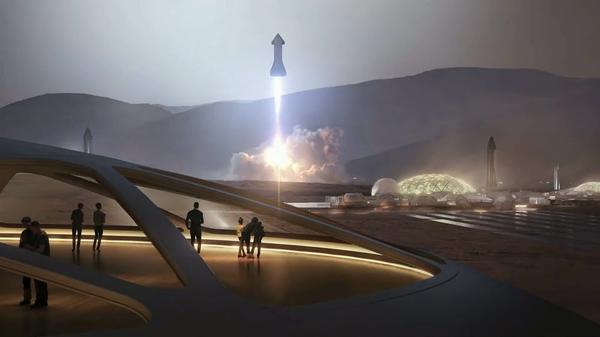
SpaceX aims to send the first crew to Mars aboard Starship in 2024
SpaceX is developing a massive stainless-steel Starship that will one day take one hundred passengers to Mars. The company aims to launch the fist Starship with cargo by 2022 and targets 2024 for the first crewed voyage to Mars. The first mission to Mars will consist of taking over 100 tons of cargo humans will need to survive on the rough Martian environment. Vital things like Oxygen and food will be transported to Mars first, so, when the first astronauts arrive, they will have more survival resources. Then, the second mission will transport the first humans to the Red Planet.
Yes— Elon Musk (@elonmusk) June 5, 2020
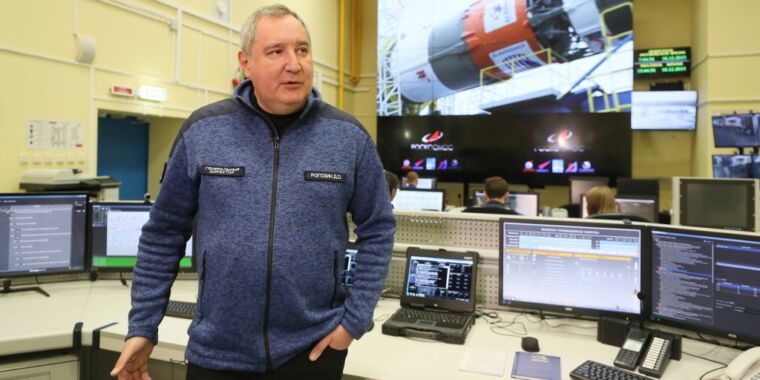
Russia’s space leader seems pretty bitter about SpaceX’s success
But he, himself, is clearly not gone. Earlier this week, Rogozin authored an op-ed in Forbes about Crew Dragon and Russia’s plans in space. Roscosmos has since published an English version, and in it Rogozin is far less complimentary of SpaceX and NASA.
“Elon Musk did not bring us down—he brought down his compatriots.”
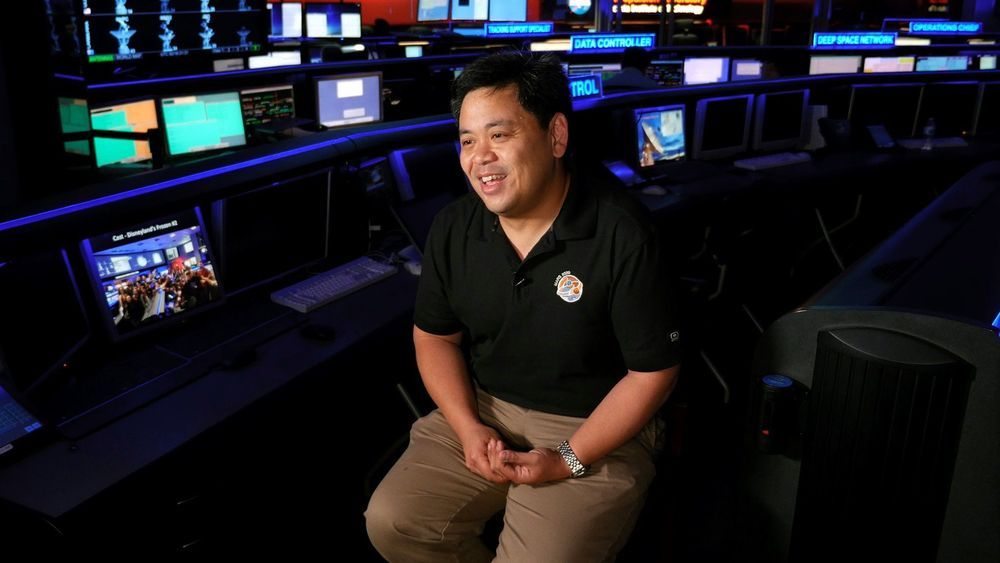
My launch to Mars is now set for no earlier than July 20
More time was allotted for the United Launch Alliance team to make repairs to ground system equipment. Liftoff atop an Atlas V rocket is set for 6:15 a.m. PT (9:15 a.m. ET, 1315 UTC). https://go.nasa.gov/2JvRbLq
NASA Moon Rover Books Ride to the Moon
Our newest water-seeking rover just booked a ride to the Moon’s South Pole.
Pittsburgh-based Astrobotic has been selected to deliver VIPER to the Moon in 2023 in preparation for future #Artemis missions to bring humanity to the lunar surface: https://go.nasa.gov/2YsxZFw

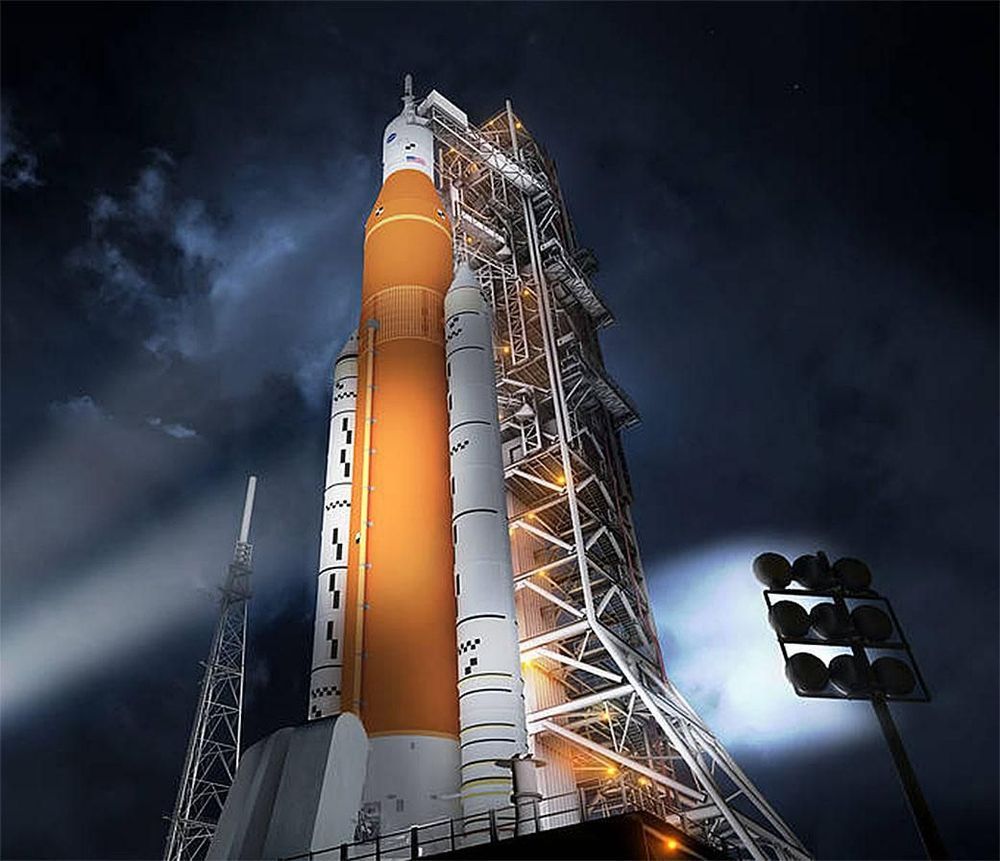
What A Trump Loss In November Would Mean For NASA’s Lunar Return
NASA Administrator Jim Bridenstine tells me that despite the pandemic, the agency will do its utmost to meet the 2024 Artemis lunar return deadline.
“We continue to assess the impact the COVID-19 pandemic has had on our missions, but we strongly believe that we can still meet the goal of landing the first woman and the next man on the Moon in 2024,” NASA Administrator Jim Bridenstine told me via a headquarters’ spokesperson.
Yet NASA has also experienced shakeups in its human spaceflight directorate that could hinder meeting Artemis’ goals. Case in point, Doug Laverro, Associate Administrator of NASA’s Human Exploration and Operations Mission Directorate, departed less than a month ago.
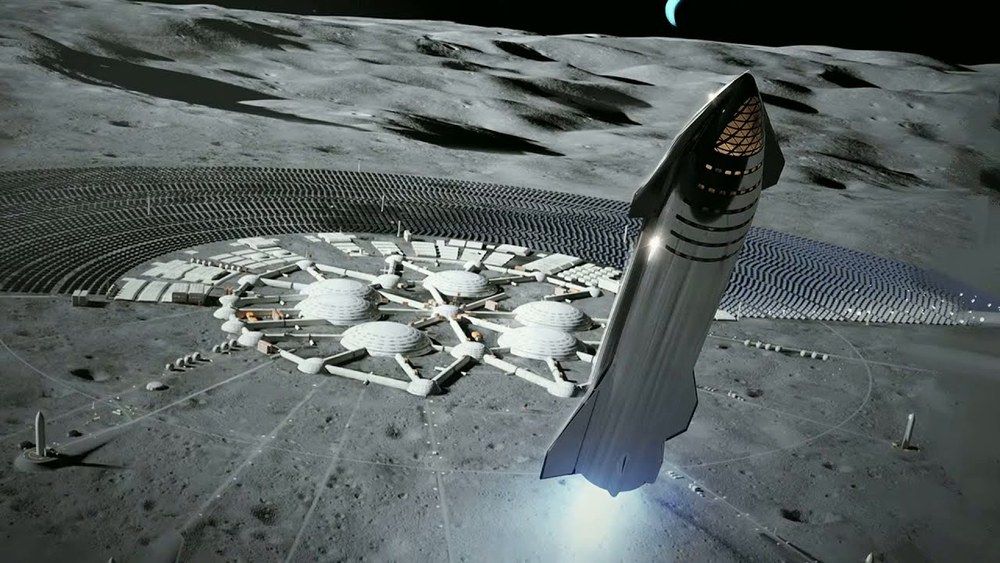
Early SpaceX Starship Will Stay as Moon Bases
Good idea. I wonder how much of his attention will shift from Mars to the Moon.
Elon has tweeted out that early Starships will stay on the moon as part of moon base alpha.
The SpaceX plan is what Nextbigfuture described in last months article “A Sky Full of Starships”.
The SpaceX Starship will have six Raptor engines but will still be larger and cheaper than the external fuel tanks of the Space Shuttle. Elon Musk has a goal of building Starships for $5 million.
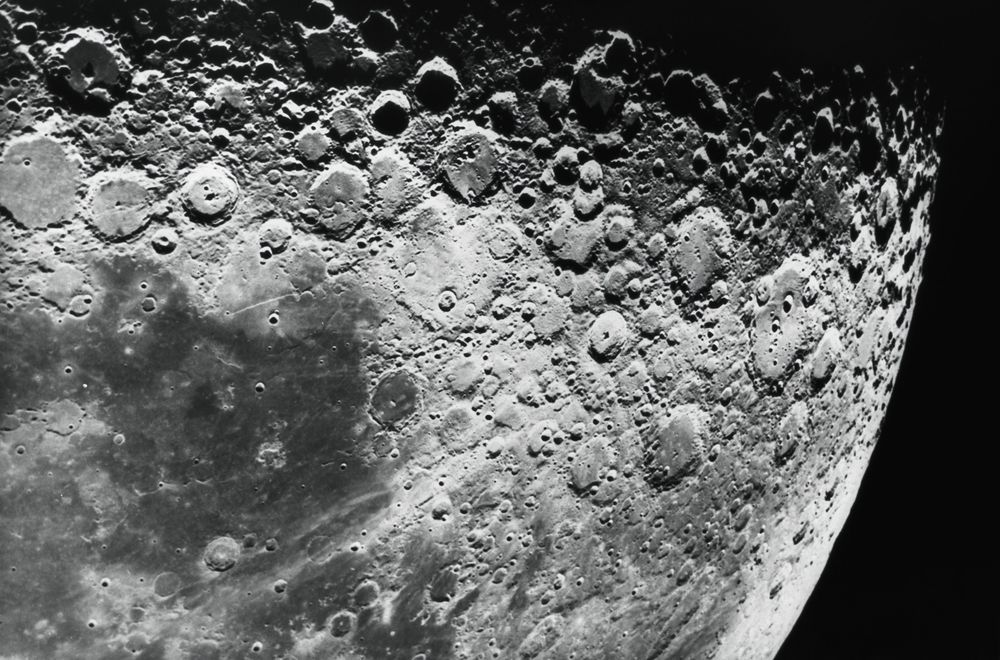
Why We Should Really Put a Particle Accelerator on the Moon
In the March 1988 issue of Popular Mechanics, the legendary science fiction author Isaac Asimov wrote an article describing his vision for humanity’s return to the moon.